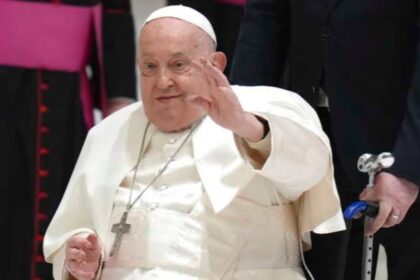Brent crude rose two per cent yesterday adding to strong gains last week as the Organisation of Petroleum Exporting Countries (OPEC) kingpin, Saudi Arabia said it would work with other producers to limit oil market volatility.
Brent futures LCOc1 were trading at 35.77 dollars a barrel at 1443 GMT, up 67 cents from their previous close.
U.S. crude futures CLc1 were up 42 cents at 33.20 dollars.
“The kingdom (of Saudi Arabia) seeks to achieve stability in the oil markets.
“‘It will always remain in contact with all main producers in an attempt to limit volatility and it welcomes any cooperative action,” the Saudi cabinet said in a statement.
Saudi Arabia and several fellow OPEC members agreed with non-OPEC Russia this month to freeze output at January levels in an attempt to prop up prices.
Russian President Vladimir Putin has called a meeting with top managers of his country’s leading oil producers for today.
However, Iran remains the main obstacle to a global output freeze because it is determined to ramp up supply after the country’s emergence from international economic sanctions in January.
Yesterday, Iran said it had increased exports steeply over the past month. Exports climbed as high as 1.75 million barrels per day, adding to an already oversupplied market.
“There is still a lot of downside risk … but the U.S. crude market seems to have passed the worst point.
“Crude runs should start creeping higher, taking pressure off inventory levels,” said Richard Gorry, director of JBC Energy Asia.
U.S. producers cut the number of rigs drilling for oil for a tenth week running, taking the rig count to its lowest since December 2009.
A media monthly poll showed yesterday that oil prices are expected to average a little more than $40 a barrel this year.
Financial data also suggested sentiment might be shifting.
Data from InterContinental Exchange yesterday showed that investors in crude held more futures and options contracts betting on rising prices than at any time since the records began in 2011.
The amount of open positions in U.S. crude contracts betting on a further fall in prices has dropped to about 17 per cent since mid-February.
At the same time, financial traders have raised their bullish bets on oil after talk of a global production freeze, signs of falling U.S. shale crude output and growing gasoline demand.
“There are tentative signs the worst may be over for commodities, at least judging by the pick-up in investor sentiment,” Barclays (L:BARC) said.



